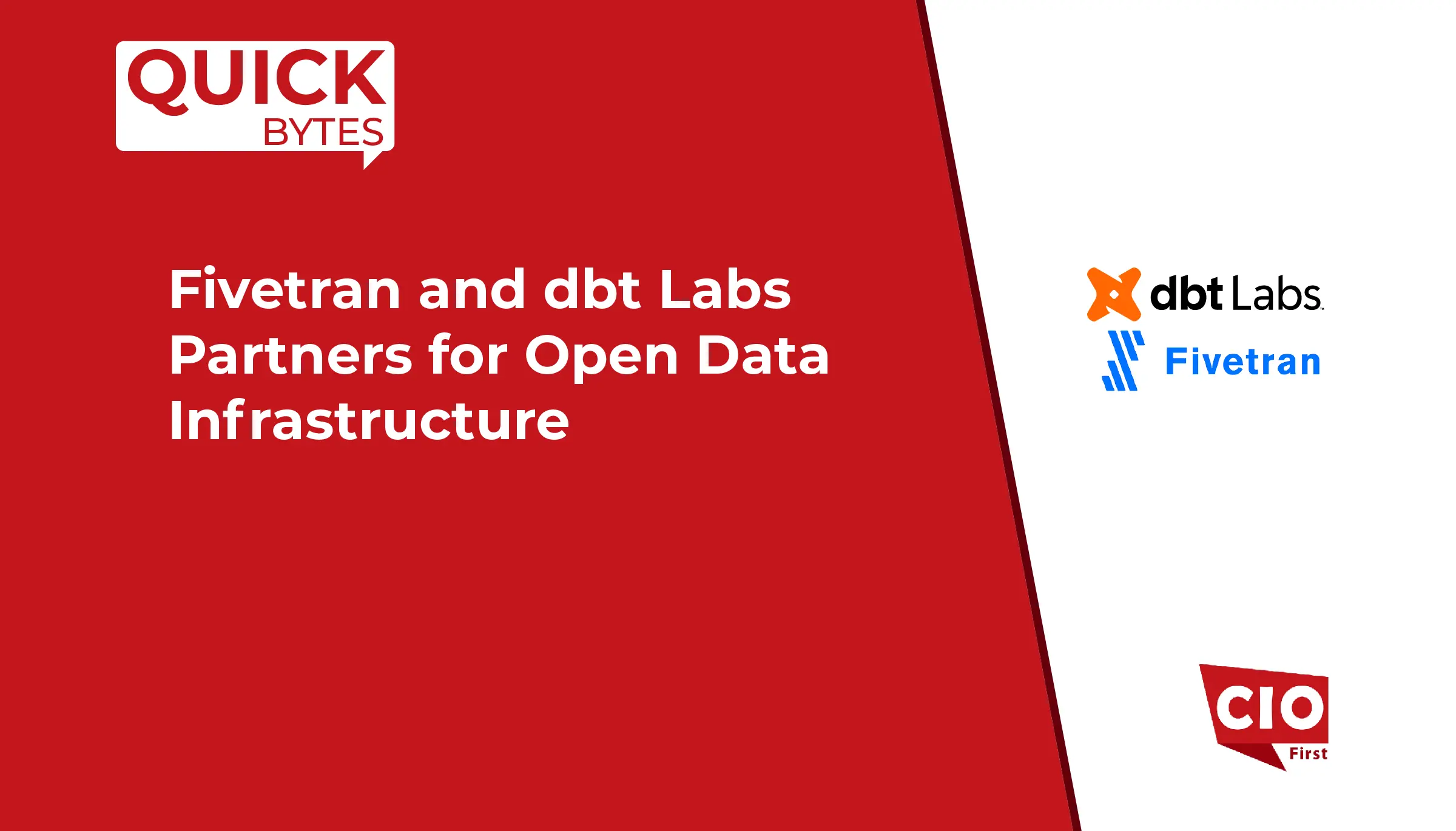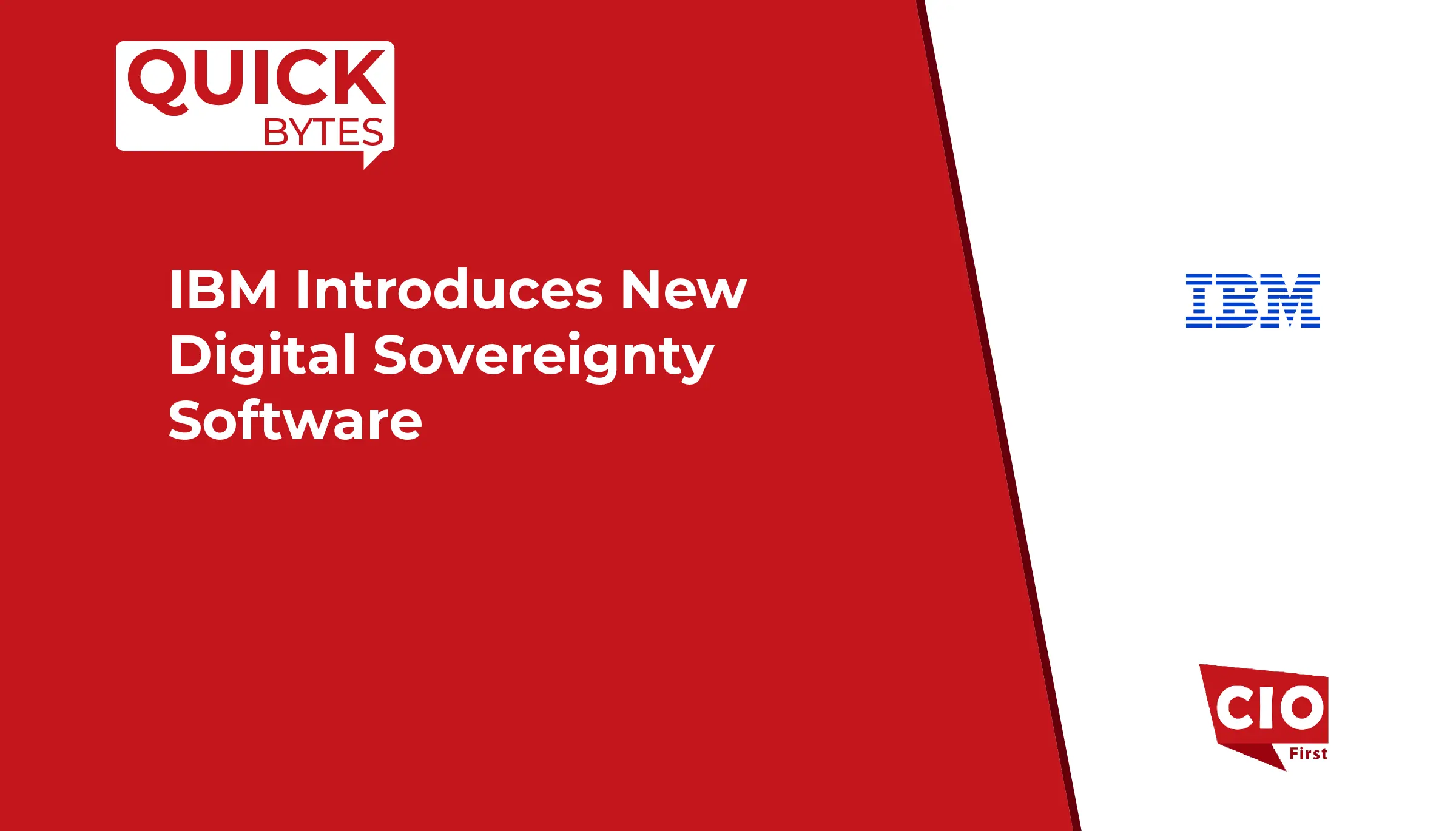Since companies can’t find a single database that matches all the application needs, they tend to use various special-purpose databases. However, this results in database sprawl and complexity in data transfer across systems.
The complexity of data infrastructure is out of control within today’s businesses. And for many companies, there is no end in sight to this chaotic and ultimately risky situation.
Complexity grows as businesses integrate special-purpose databases to support new applications or enhance old ones. A quick fix might be to add a special-purpose database for each requirement. However, it causes businesses to gather enormous databases.
Some businesses now need to support multiple specialty databases.
Database sprawl raises costs, consumes resources inefficiently, and can make it difficult to power innovative, useful applications.
As a result, businesses become less agile, slower, and unable to compete successfully in the market since they cannot offer their customers the experiences they want and need.
Special-Purpose Databases Isn’t the Solution
To provide the experiences that customers need, data-intensive, modern applications must be available 24/7 and constantly updated with the latest data.
Many businesses are under the impression that they require more special-purpose databases due to the need for modern applications. This is because legacy general-purpose databases cannot meet the needs of modern applications. That is primarily the cause of the recent explosion in the number of special-purpose databases. There are countless special-purpose databases thanks to the growing adoption of the cloud and open source.
But most of the time, businesses don’t have to waste their time and effort sorting through all of these options, implementing another special-purpose database, and then dealing with database sprawl. Specialty databases are actually only needed for a tiny portion of all workloads. That’s good news because ensuring the performance level required by today’s data-intensive applications is impossible when organizations need to move data between a large number of data silos, and their current data infrastructure limits their performance, availability, and scale.
Also Read: Top Three Strategies to Thrive with SAP Transformation
Take a Broad View of the Requirements, the Data, and Future Needs
The first step in determining what data infrastructure companies require is to consider all facets of their current and anticipated future data usage. Although it may seem simple, many businesses simply take into account one or two variables when testing in isolation on a small data set. However, in a production environment, users often work simultaneously on various tasks, data is continuously ingested, and maintenance processes may also be active. What may have worked for a single query being executed in isolation may not work anymore since the system is dealing with real-world needs.
The element of surprise must be avoided. Businesses must adopt a comprehensive perspective of their data, needs, and future. They must evaluate their requirements for concurrency, latency, ingestion rate, and data size. They should think about the level of growth they anticipate in each of these areas.
They will be in a far better position to choose the data infrastructure that best suits their demands as a result. They can pick a database that can handle their workload and scale as demand increases. They can prevent database sprawl by deploying and managing only the data infrastructure they need to run their applications, including their data-intensive apps.
An Ultra-Fast Multi-Model Database
Businesses must be aware that, in most situations, a single modern, relational and scalable database can meet all of their application requirements both on-premises and in the cloud as they work to avoid data infrastructure complexity and the demands of data-intensive applications. Businesses should choose a database that supports both analytics and transactions in a single database when searching for such a database. They can avoid data sprawl and simplify the data architecture as a result.
Companies should ensure their single database is capable of providing the scalability and ultra-fast performance they need to develop and deliver ground-breaking experiences. They need to pick a database that enables complex analytical queries, is designed for the cloud, and provides quick query responses for both historical and real-time data. They must ensure that the modern database performs concurrent analytics at scale while ingesting data continually.























